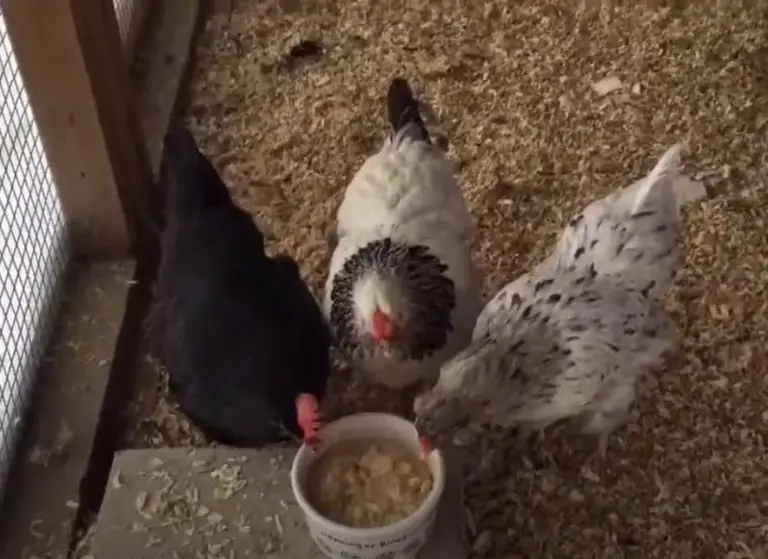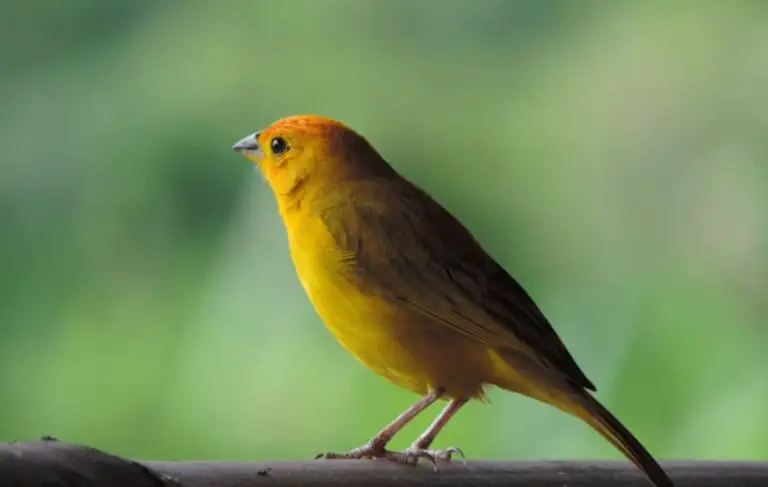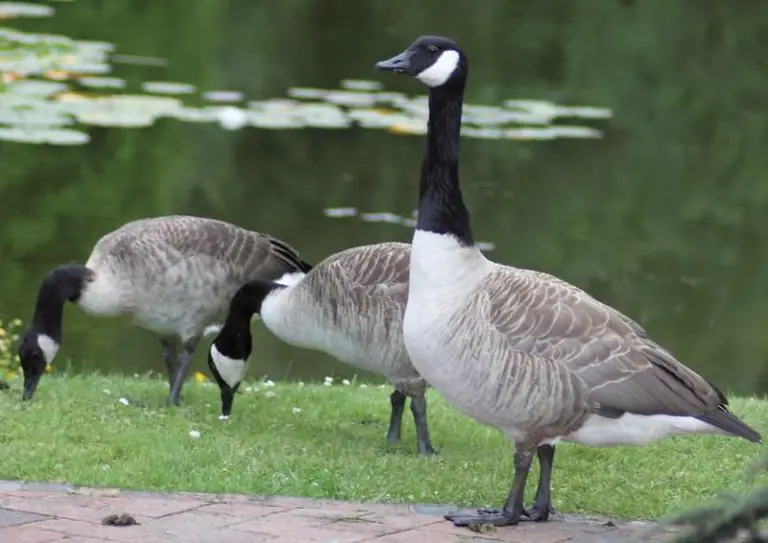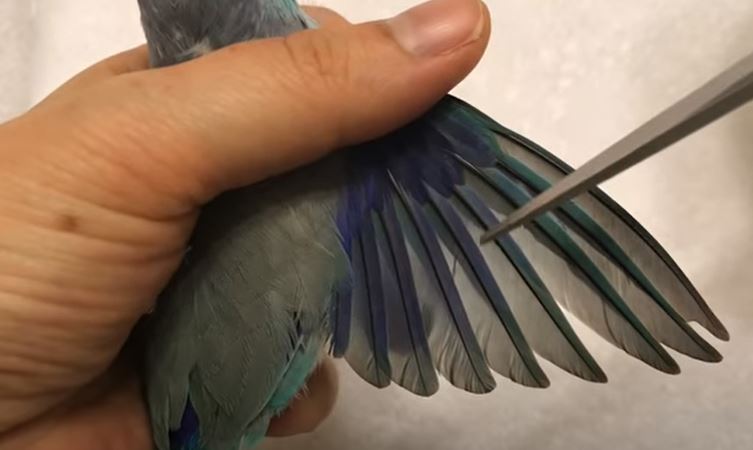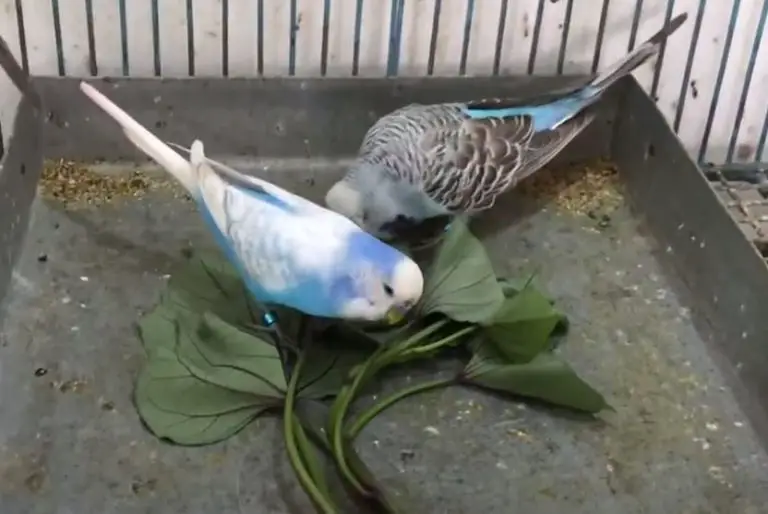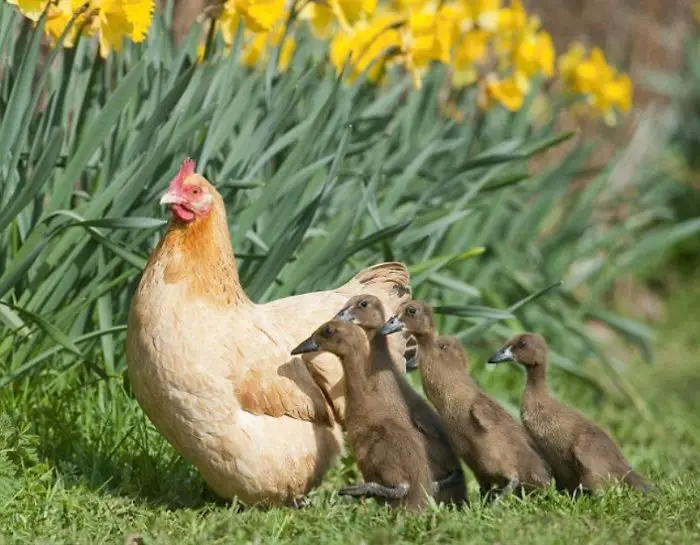Why Does Your Ducks Quack When it Sees You? (Two main reasons)
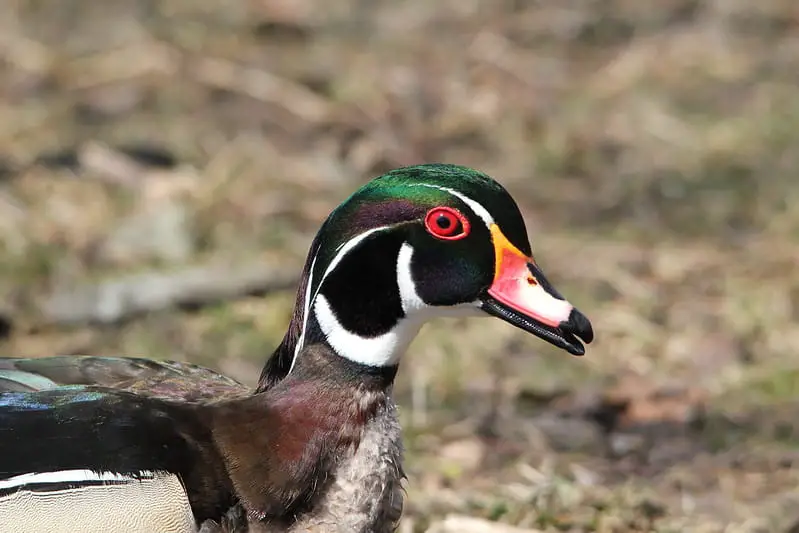
Why does your ducks quack when it sees you?
Those who are familiar with keeping farm animals and various domestic animal pets recognize without any doubt that their animals can recognize and distinguish them.
Ducks, especially, can recognize the face, voice and presence of their caretakers. A duck can respond in a variety of ways to the presence of an acquaintance.
The ability of ducks to distinguish themselves is not in doubt, as well as the fact that they are very social animals, which, apart from being farm animals, can become domestic pets.
This is due to their intelligence and because they are very social animals, they can be very affectionate with their caregivers, as well as follow orders. Ducks are sensitive animals, capable of feeling joy, pain, fear, as well as of establishing affectionate bonds with people.
Ducks cannot sing compared to other birds, their characteristic sound is quacking, which they use in a basic but very effective way to communicate between species, to emit warning signals, to regroup and to attract mates.
Ducks also quack to express their emotions, and given the ability of ducks to recognize a person’s face, the fact that a duck quacks every time it sees you can be an expression of emotion and joy.
Ducks, not only can quack when they see you out of excitement, they can also communicate to you if they are hungry by making the same sound persistently while chasing you.
Those are the two possible reasons why your duck quacks when it sees you.
In this case you should use common sense, if you notice your duck chasing you around the farm and quacking insistently, it is most likely because it is begging for food.
duck sounds and what they mean
To understand the sounds emitted by ducks, it is relevant to understand the nature of the sounds emitted by birds in general.
Birds in general, emit two types of signals: calls and songs. Some birds, such as the duck or the turtledove, only have calls. Other birds also have songs, such as the robin, the lark, etc.
The calls between the same species are emitted throughout the year by males or females, and have multiple functions: warning of danger, regrouping in flight.
With the ducklings two types of sound can be distinguished, the contact sound and the leaving sound. The contact sound is short-lived and low-pitched and is made in the presence of the social partners and / or the mother.
The call to leave is long-lasting and at a high pitch, and is expressed particularly in times of social isolation. The ducks defend the chicks from enemies. The ducklings are warned of enemies by sounds.
Most often, however, the males are the only ones to emit a song, and only during the nesting period. This song has a unique function: to attract females and repel other males.
But it also gives other information: the species of the bird, its individual identity and region of birth, its age, and even its emotional state.
The well-known “quack” sound of ducks typically is made by female Mallard ducks, and can be distinctly heard from miles away.
The quack, also known as the “decrescendo call” or “summoning call,” is used to communicate with other ducks, especially when the mother calls her ducklings.
In addition to quacking, ducks make a variety of vocalizations including whistles, “cuus”, quacking, and yodeling sounds ranging from very soft to very powerful calls.
Do ducks quack when they are happy?
As we have already explained, the quacking of a duck has several meanings, and one of these meanings is emotional, a duck can feel both fear and happiness and expresses it with its quacking.
Other actions that a duck performs when it is happy to see a fellow caregiver is to run flapping towards it, while quacking, stroking with the beak and with the top of the head are also visible signs of affection and joy in a duck.
Flapping its tail feathers sideways with agitation while standing next to its companion is also a clear sign of joy in a duck.
why do ducks quack when they fly
This is very interesting information about duck communication that I read while gathering information for this topic.
Strategically, the ducks all fly in a V shape together. Science tells us that the wing movement causes a cushion of air that sustains the duck behind the first duck. By flying in a V-shape, the ducks can travel a range of at least 70% greater than if each duck flew alone.
When one duck leaves the line, it experiences a strong pressure caused by the wind, so it returns immediately to its place to benefit from the cushion of air.
When the duck at the front feels tired, it gives up its place and then another duck takes the place of the head, which will be occupied by another duck that is more rested at that moment.
The ducks in the back quack to encourage the one in front to keep up the speed.

